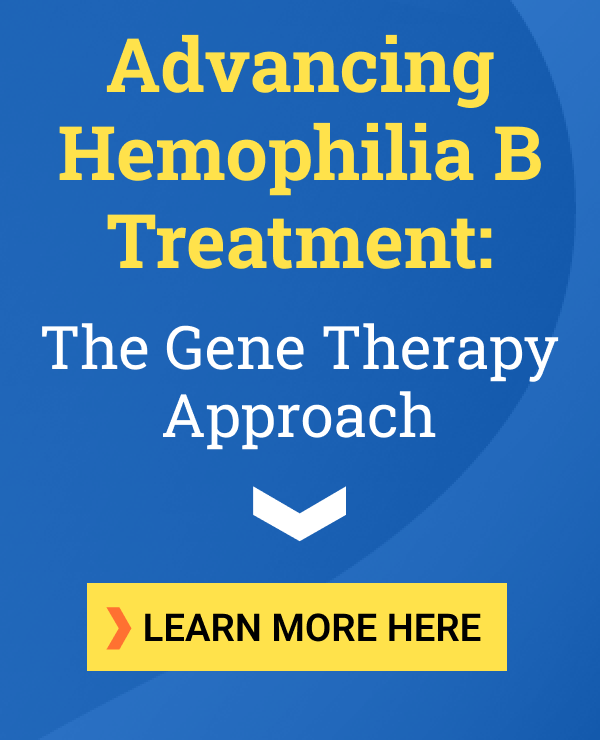Bleeds in acquired hemophilia A safely prevented with Hemlibra
Treatment led to shorter hospital stays, helped lower bypassing agent doses

Hemlibra (emicizumab) effectively prevented bleeds in patients with acquired hemophilia A (AHA), according to real-world data from a single center study in Japan.
The treatment also led to shorter hospital stays, helped patients maintain their daily living activities, and contributed to lower the doses of bypassing agents, reducing healthcare costs. Additional “real-world data from more patients and long-term follow-up are needed to confirm these findings,” the researchers said.
The study, “Clinical characteristics and outcomes of acquired hemophilia A before and after emicizumab approval in Japan,” was published in Blood Vessels, Thrombosis & Hemostasis.
AHA is rare type of hemophilia that’s not caused by mutations. Instead the immune system mistakenly attacks and destroys factor VIII (FVIII), a protein needed for proper blood clotting. Immunosuppressive therapy is recommended as a primary treatment, but it’s linked to a high risk of serious infections that can be fatal in some cases.
Hemlibra is a bispecific antibody that’s designed to simultaneously bind to two targets, factor IX and factor X, to which FVIII normally binds to initiate blood clotting. By binding to the proteins, Hemlibra can functionally replace the missing FVIII in hemophilia patients.
In 2022, Japan’s Ministry of Health, Labor and Welfare extended Hemlibra’s approval to include the prevention of bleeds in AHA. The therapy was originally approved there for treating congenital hemophilia A.
Understanding Hemlibra’s safety, effectiveness with AHA
A team led by clinicians at the Kobe City Medical Center General Hospital reviewed data from newly diagnosed AHA patients being treated at their center to better understand Hemlibra’s real-world safety and effectiveness. The analysis included 19 AHA patients, including seven treated with Hemlibra and 12 who weren’t because the therapy hadn’t been approved when they were diagnosed. All the patients had coexisting disorders, including high blood pressure (56%), diabetes (37%), and high levels of fatty molecules in the bloodstream (32%).
At their diagnosis, significantly more patients in the non-Hemlibra group had severe bleeding than in the Hemlibra group (92% vs. 43%). Bleeding under the skin and into muscles were the most common types of bleeds.
Patients in the non-Hemlibra group waited a median of 13 days from the first bleeding episode to get a diagnosis (range 2-162 days), while those in the Hemlibra group waited a median of 43 days (range 7-185 days).
Bypassing agents were administered to seven of the 11 patients with severe bleeding in the non-Hemlibra group and to two of three patients with severe bleeding in the Hemlibra group. Bypassing agents are often used to control bleeding in AHA and promote blood clotting through mechanisms that don’t rely on the clotting factors hemophilia patients are missing.
All the patients were given immunosuppressive therapy. After starting treatment, eight (67%) in the non-Hemlibra group and four (57%) in the Hemlibra group still had bleeds. The number of bleeds was significantly higher in the non-Hemlibra over the Hemlibra group (27 vs. 6). Consistent with this, significantly more non-Hemlibra patients were given blood transfusions (92% vs. 29%). The doses of bypassing agents per patient were also higher in the non-Hemlibra group (43.4 vs. 7).
Three patients were lost to follow-up. Of the remaining 16, eight died (42%), all in the non-Hemlibra group. Seven patients (58%) in the non-Hemlibra group developed infections while receiving immunosuppressive therapy. No infections occurred in the Hemlibra group.
Hospital stays were significantly longer for the non-Hemlibra patients than for the Hemlibra patients (median of 73.5 vs. 44 days). All those in the Hemlibra group were discharged home and were able to maintain their daily life activities compared with 25% in the non-Hemlibra group.
The study “suggests that [Hemlibra] effectively prevents bleeding in patients with AHA,” wrote the researchers, who noted treatment also led to “shorter hospital stays … reduced costs, and improved prognosis” in AHA patients.








